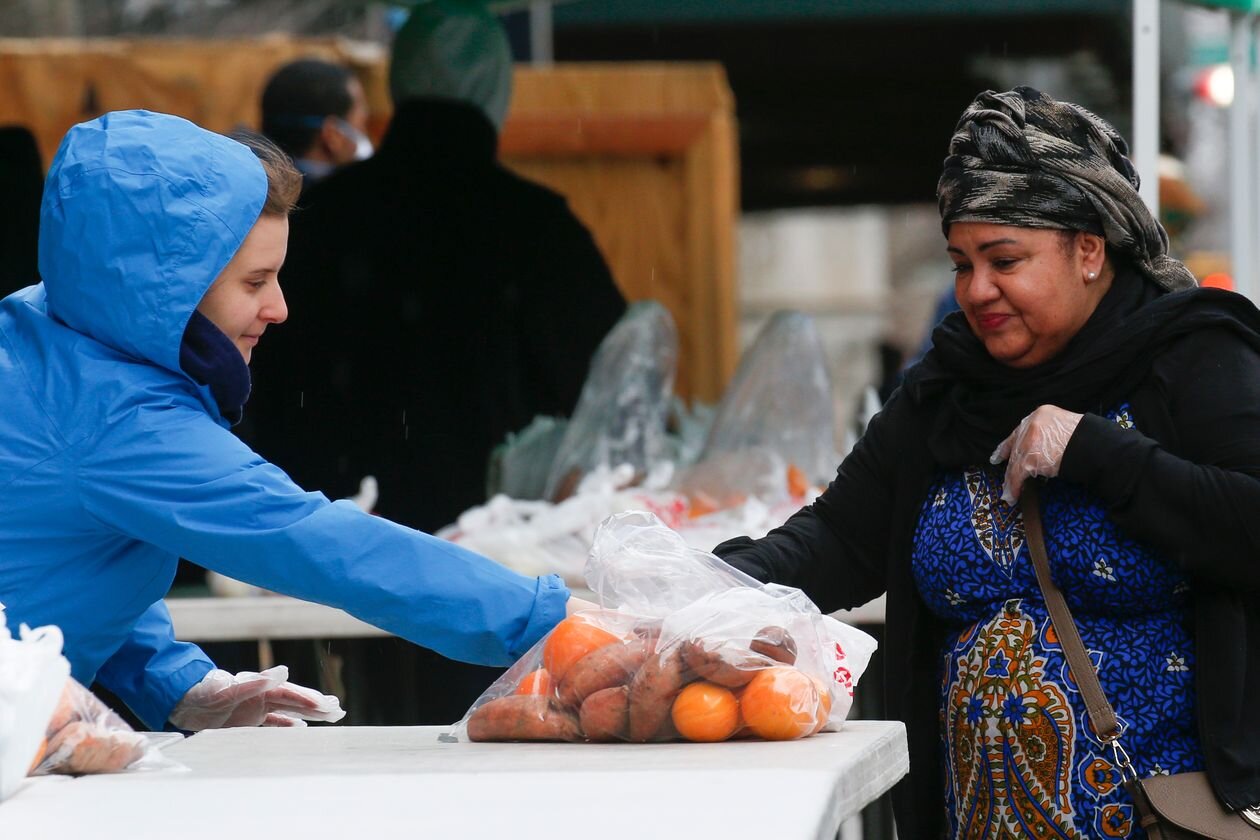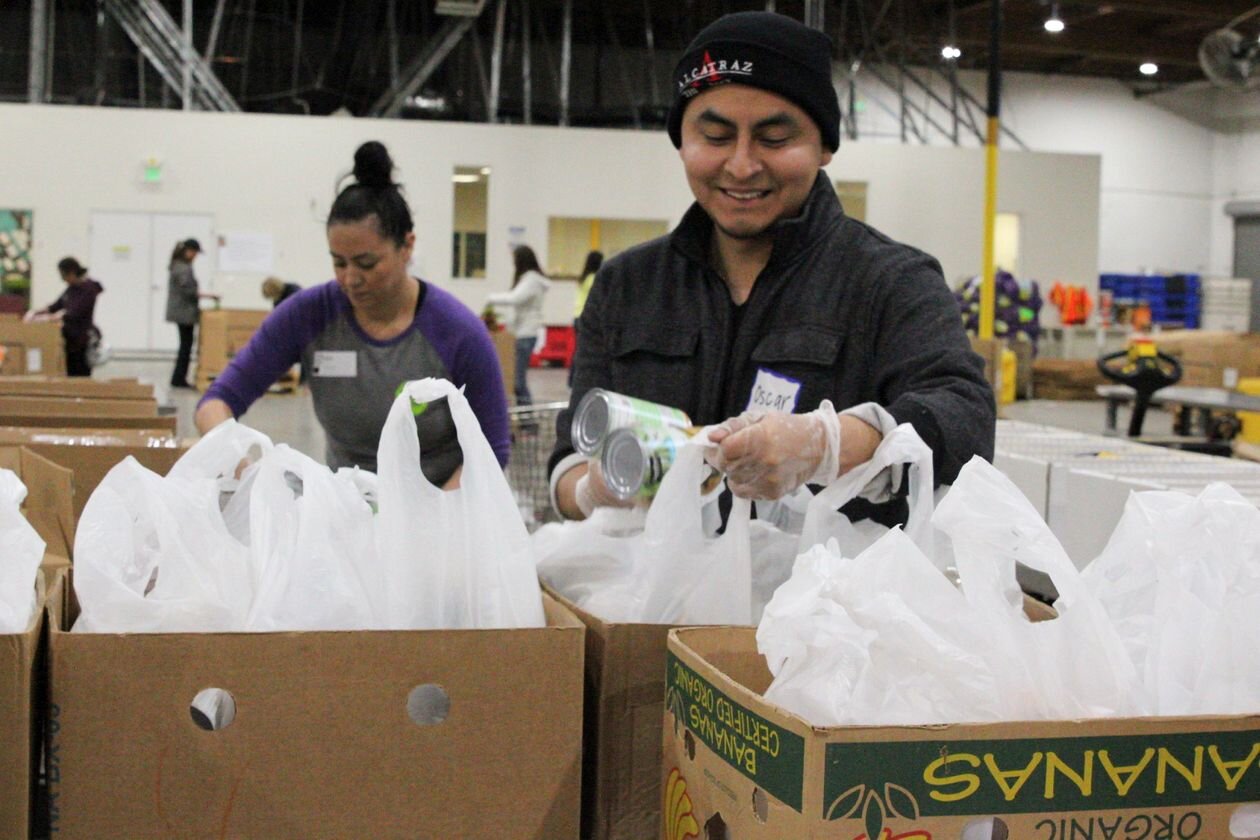This article originally appeared in The Wall Street Journal and was authored by Michelle Ma.
Volunteers from City Harvest distribute food in New York’s Harlem neighborhood in March.
PHOTO: KENA BETANCUR/AGENCE FRANCE-PRESSE/GETTY IMAGES
Food banks are strained, as the economic shutdown caused by the pandemic threatens to overwhelm cities’ social safety nets.
With canceled food drives, reduced grocery and retail supply sources, shut-down pantries and older volunteers stuck at home, the remaining food pantries are serving more people with fewer hands.
Some food banks are resorting to purchasing food to fill in the gap, and are confronted with higher wholesale food costs.
If you’d like to help but don’t know where to start, you can find your local food bank by entering your ZIP Code in FeedingAmerica.org’s database (click on “Find a Food Bank”), which covers most of the food banks in the nation.
Many organizations have created Covid-19 resource pages on their websites listing their needs and guidance for volunteers. Consult your local food bank’s website for what it needs.
Should I donate food or money?
The best way for people to support food banks now is to donate money, according to many food-bank leaders across the country. Donations of food, while helpful, are also time-intensive to sort, organize and repack with diminished staff.
With social distancing guidelines in place, Oscar Rosas, right, and other volunteers at California’s Alameda County Community Food Bank, part of the Feeding America network, have been preparing more than 2,000 emergency bags daily to serve an unprecedented surge in need.
PHOTO: INGRID BECKER/ALAMEDA COUNTY COMMUNITY FOOD BANK
Another crucial need for many food banks: volunteers. Most rely on a base of older volunteers who are now encouraged, if not ordered, to stay at home, says Andrew Cheyne, director of government affairs for the California Association of Food Banks.
Many food pantries typically operate grocery-store style, allowing people to pick what they want. Now, they are offering premade boxes or bags of food, distributed drive-through style, says Mr. Cheyne, with the food placed directly into a car’s trunk. Some places ask people to schedule their food pickups to prevent overcrowding.
Many pantries are also following social-distancing guidelines and providing workers with supplies like gloves and hand sanitizer when they can, although the specific protections available will differ depending on location.
—Michelle Ma


